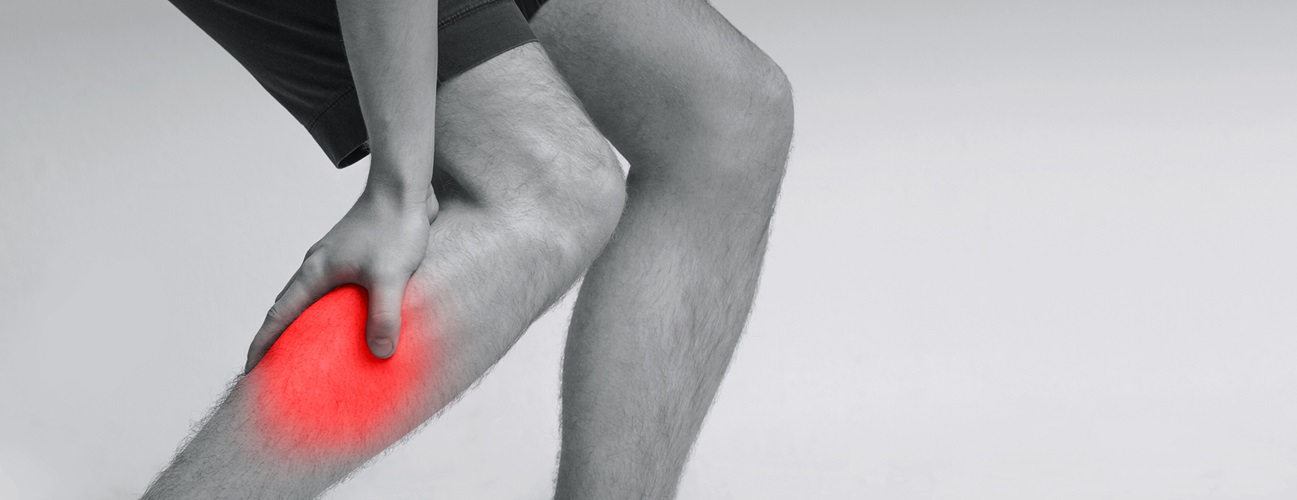Peripheral Arterial Disease (PAD) is a common circulatory problem where narrowed arteries reduce blood flow to your limbs, typically the legs. It’s often a red flag for atherosclerosis, a condition where fatty deposits build up in your arteries, causing them to become narrow and stiff.
Signs and Symptoms: PAD often manifests with various signs and symptoms, including:
- Leg Pain: Pain, cramping, or heaviness in the legs, particularly during physical activity like walking (intermittent claudication).
- Numbness or Weakness: Numbness, weakness, or a feeling of coldness in the legs or feet.
- Changes in Skin Color: The skin of the legs or feet may appear pale or bluish.
- Slow Wound Healing: Wounds or sores on the legs or feet that heal slowly or poorly.
-
Erectile Dysfunction: In men, PAD may manifest as erectile dysfunction due to impaired blood flow.
Risk factors associated with PAD:
1. Smoking: Tobacco smoke contains harmful chemicals that damage the lining of blood vessels, leading to the narrowing and hardening of arteries.
2. Diabetes : Diabetes accelerates the process of atherosclerosis, increasing the likelihood of narrowed arteries and reduced blood flow to the limbs.
3. High Blood Pressure (Hypertension): Hypertension contributes to the hardening and narrowing of arteries, making individuals with high blood pressure more susceptible to PAD.
4. High Cholesterol : Elevated levels of cholesterol, particularly low-density lipoprotein (LDL) cholesterol, can contribute to the buildup of fatty deposits (plaque) in the arteries, restricting blood flow to the extremities.
5. Age: As individuals grow older, their risk of developing atherosclerosis and PAD increases.
6. Family History : A family history of PAD or cardiovascular disease can predispose individuals to the condition.
7. Obesity: Obesity is often associated with other risk factors such as diabetes, high blood pressure, and high cholesterol, further exacerbating the risk.
8. Physical Inactivity :Physical inactivity also increases the likelihood of other risk factors such as obesity, diabetes, and high blood pressure.
9. Gender : Men are generally at a higher risk of developing PAD compared to women, especially at younger ages. However, the risk for women increases with age, particularly after menopause.
Precautions: Precautions to prevent or manage PAD include:
- Healthy Lifestyle: Adopting a healthy lifestyle by maintaining a balanced diet, exercising regularly, and avoiding smoking can significantly reduce the risk of PAD.
- Regular Check-ups: Regular medical check-ups, especially for individuals with risk factors such as diabetes, hypertension, or a family history of Peripheral Arterial Disease,are essential for early detection and intervention.
- Foot Care: Proper foot care, including daily inspection for any cuts, sores, or signs of infection, is crucial for individuals with PAD to prevent complications like ulcers and infections.
- Blood Sugar Control: For individuals with diabetes, maintaining optimal blood sugar levels is vital to prevent complications that exacerbate Peripheral Arterial Disease.
- Medication Adherence: Adhering to prescribed medications, such as antiplatelet drugs or statins, can help manage Peripheral Arterial Disease and prevent further complications.
Peripheral Arterial Disease Treatment: Treatment options for PAD aim to alleviate symptoms, improve blood flow, and reduce the risk of complications. They include:
- Medications: Medications like antiplatelet drugs (aspirin, clopidogrel) or statins may be prescribed.
- Lifestyle Changes: Lifestyle modifications such as regular exercise, smoking cessation, and a heart-healthy diet.
- Angioplasty and Stenting: In severe cases, procedures like angioplasty (where a balloon is used to widen narrowed arteries) or stenting (where a mesh tube is placed to keep the artery open) may be performed to restore blood flow.
- Bypass Surgery: In cases of advanced Peripheral Arterial Disease, bypass surgery may be necessary to create a new route for blood flow by grafting a healthy blood vessel from another part of the body.
- Wound Care: Proper wound care, including cleaning, dressing, and monitoring, is essential for individuals with Peripheral Arterial Disease to prevent infections and promote healing.
NOTE : Always consult a healthcare professional for personalized advice and treatment options.
Also read|https://themobilenewsnetwork.com/amitabh-bachchan-hospitalized/




